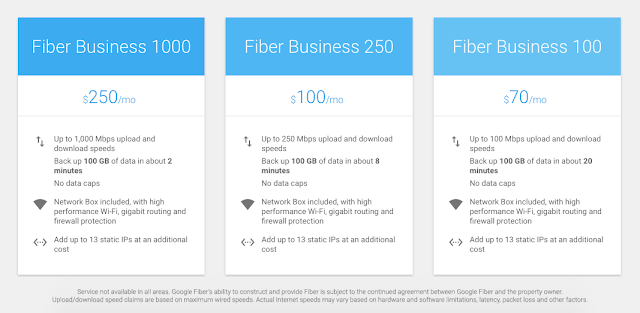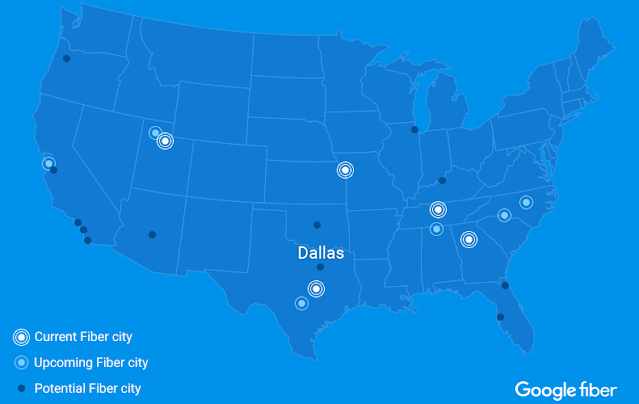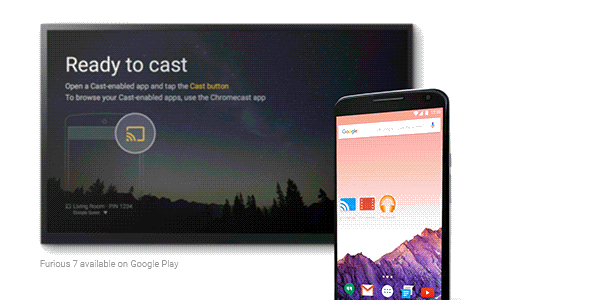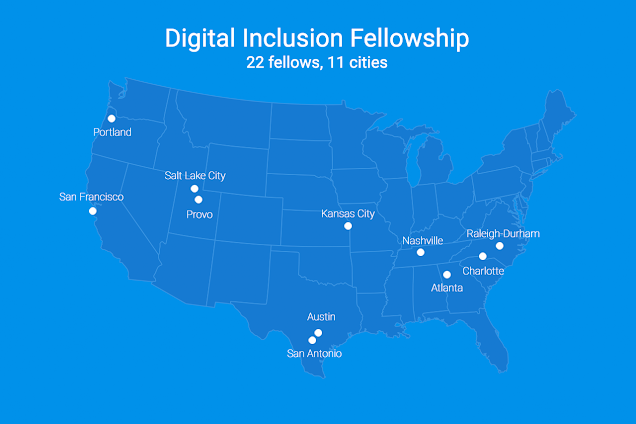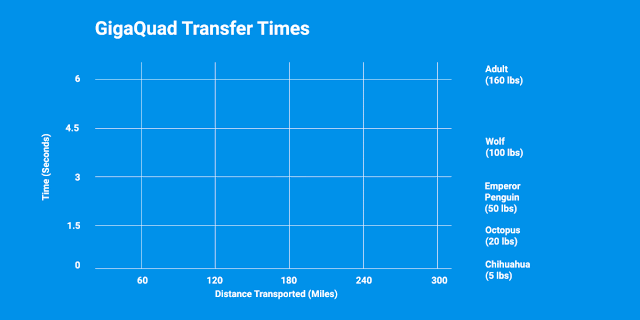Update September 20, 2016, 6:00pm PDT: It’s a great day for Nashville. Congratulations to Nashville Metro Council and residents on passing Council Member Davis’ One Touch Make Ready ordinance on its third and final reading. This will allow new entrants like Google Fiber to bring broadband to more Nashvillians efficiently, safely and quickly. We look forward to continuing our work with NES and the local community.
Update September 6, 2016, 7:35pm PDT: We're pleased that Nashville Metro Council supports Council Member Davis’ proposal for a 21st century framework, with a second reading vote of 32-7. Improving the make-ready construction process is key to unlocking access to a faster Internet for Nashville, and this Ordinance will allow new entrants like Google Fiber to bring broadband to more Nashvillians efficiently, safely and quickly. We look forward to continuing our work with NES and other attachers to bring our service to more homes and businesses in Nashville, faster.
Since we launched Google Fiber in Nashville a few months back, we have been humbled by the overwhelming support from local residents, businesses and property owners. We have also been hearing loud and clear that consumers want a choice when it comes to super-fast Internet.
Today Americans have little, if any, choice. The most recent Federal Communications Commission stats show 78% of census blocks have access to only one Internet provider offering speeds of 25 Mbps or more — the minimum speed to be considered “broadband”— while 30% have no broadband access.
So what’s taking so long in Nashville? We have — like many of you — been disheartened by the incredibly slow progress. A big contributor to these delays is the “make ready” process required to attach a new line to a utility pole. Under this current system, each existing provider on the pole needs to send out a separate crew, one by one, to move its own line and make room for a new one. This may have worked a generation ago when there were only one or two attachers, but it’s extremely time consuming — not to mention disruptive to residents of Nashville — to do this with the numerous attachers we have today.
Of the 88,000 poles we need to attach Google Fiber to throughout Nashville, over 44,000 will require make ready work. But so far, only 33 poles have been made ready.
We are all seeing the consequences of this old policy: significant delays getting the super-fast Internet you want, from the provider you want. This isn’t just about Google Fiber, but a major hindrance to future innovation for anyone looking to build a new network.
We want to go faster and we know you do, too. The One Touch Make Ready (OTMR) ordinance now being debated by Nashville Metro Council will reduce delay and disruption by allowing the necessary work to be done much more efficiently — in as little as a single visit. This means fewer crews coming through neighborhoods and disrupting traffic, making it safer for workers and residents. The work would be done by a crew the pole owner has approved, instead of multiple crews from different companies working on the same pole over several months.
Once we are on the poles, we will be subject to the same rules as anyone else. That this policy provides an equal playing field for innovation is why experts, groups representing communities, and other fiber builders support OTMR, too. However, some existing providers disagree, and would prefer to keep the current system.
There’s a critical vote scheduled at the Nashville Metro Council on Tuesday, September 6. Since OTMR was first put forward by Council Member Anthony Davis, we’ve worked closely with the Mayor’s office, Council and others to include amendments that we believe make OTMR ready to be enacted. Our sincere thanks to all these folks for their vision, hard work and focus on this ordinance.
If you live in Nashville and you want more choice for super-fast Internet, please reach out to your local Council Member and tell them you support One Touch Make Ready. And attend next Tuesday’s crucial vote at the Metro Courthouse, starting at 6:30 p.m. CDT (arrive early to get a seat!)
We can't wait to bring super-fast Internet to more people in Nashville, faster, and look forward to the outcome of September 6.

